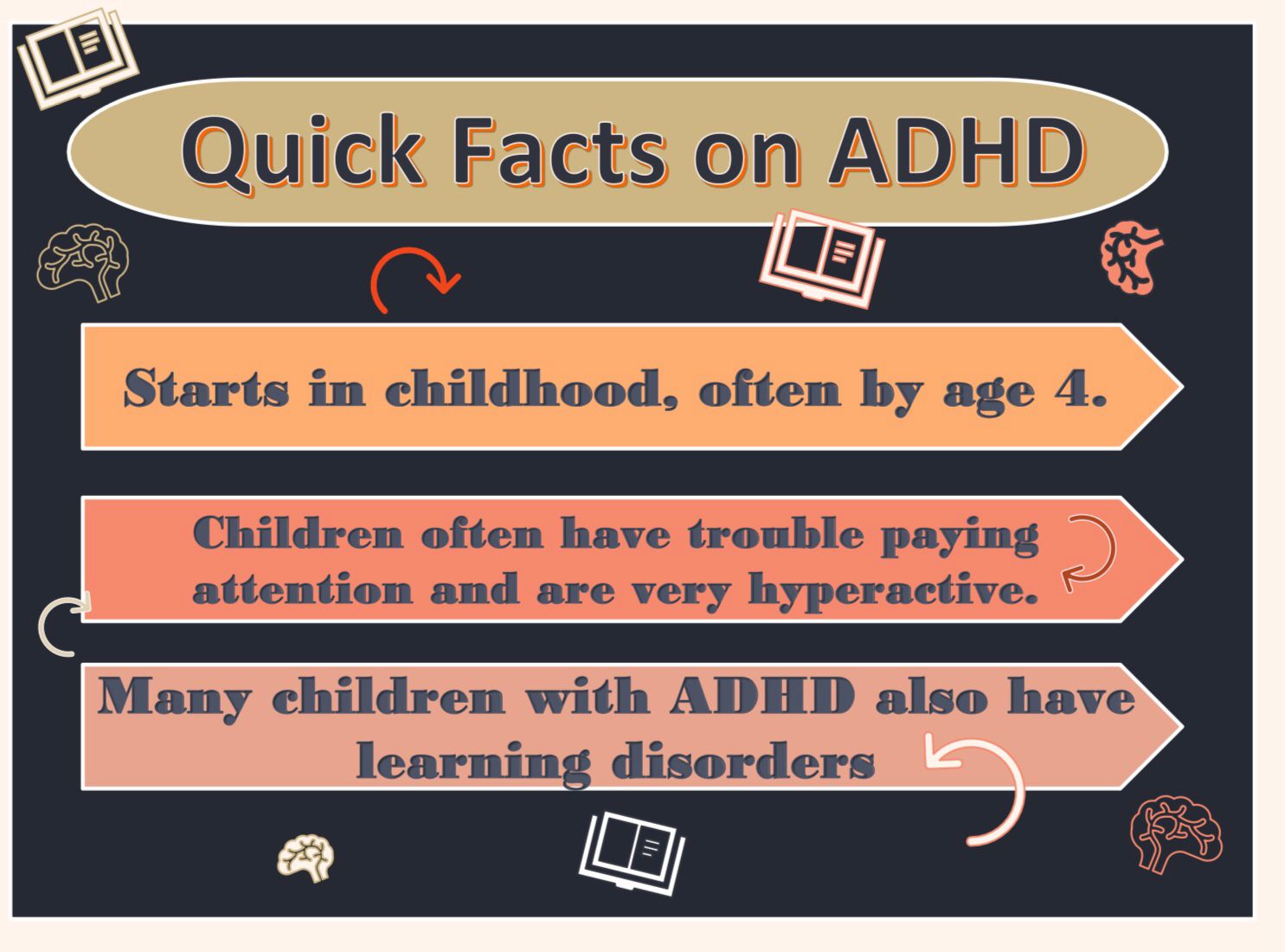
PARENTS AND EDUCATORS EDUCATION
Welcome to our educational platform, where teachers and parents may interact and share knowledge about our students' exceptionalities as well as the precautions and protocols that must be employed to ensure we make life more inclusive for our neurodivergent populace.
Autism Is Not a Disability; It Is Just a Different Ability!
Natasha E. Russell, Founder
Earnest Institute for the Gifted Hyperactive & Talented "E.I.G.H.T."
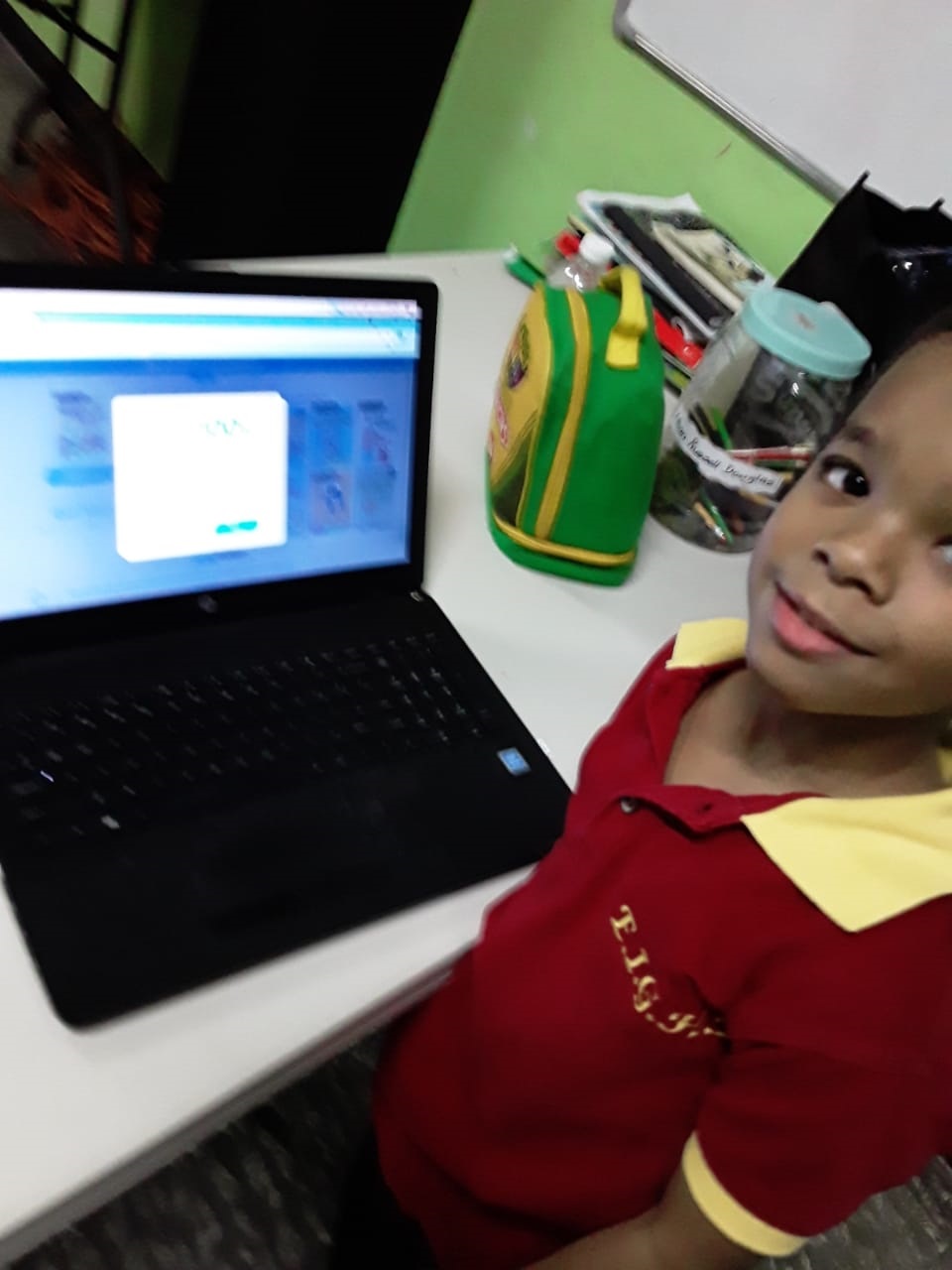
Did You Know?
Autistic individuals possess extraordinary abilities or super powers that often go unnoticed or misunderstood. Let us examine these remarkable facts:
1. Enhanced Visual Capabilities
Autistic persons can see up to three (3) times farther than non-autistic and are masters at pattern recognition and noticing visual details (Embrace Autism, n.d.; Grandin & Scariano, 1986). Think of them as having a built-in high-powered zoom lens,perfect for spotting what other persons may miss!
2. Superior Auditory Perception
They can hear up to ten sounds simultaneously. Try this: close your eyes for a brief moment and listen to your environment. How many sounds did you hear? Now imagine being able to hear every single sound clearly all at the same time. That’s what many autistic individuals do, which helps them detect target sounds in noisy environments and perceive pitch variations much better (Embrace Autism, n.d.; Mottron et al., 2006). It’s like they have a super hearing aid built into the brain!
3. Savant Skills and Profound Abilities
Some autistic individuals demonstrate extraordinary talents such as composing music, solving complex math problems from a young age, or creating engineering marvels. Savant syndrome occurs in roughly 10-28.5% of autistic persons. This high prevalence is unique to the autistic population (Embrace Autism, n.d.; Treffert, 2010). Imagine the potential when these talents are nurtured!
4. Creativity and Out-of-the-Box Thinking
Their ability to think divergently means they generate creative ideas and solutions that push boundaries. When given space to innovate, they will surprise us with their depth of creativity. It is no surprise that most innovators such as Steve Jobs, Elon Musk and Wolfgang Mozart exhibit traits consistent with autism spectrum disorder (ASD).
Autism: A Spectrum of Abilities, Not a Disability
In the world of neurodiversity, we recognize two primary types of brains: neurotypical and neurodivergent. Too often, differences are viewed through a deficit lens, leading to social isolation and discrimination, think of it as a form of societal segregation. Instead, we should see autism as a Different Ability (Singer, 1999; Armstrong, 2010). Just like we cherish our pedigree dogs for their unique qualities, we must celebrate the unique strengths of autistic minds.
Autism Spectrum Disorder (ASD) spans from Level 1 (mild) to Level 3 (more severe). Each person is different, and many also have co-occurring conditions like Attention-deficit/hyperactivity disorder (ADHD), anxiety, Obsessive-compulsive disorder (OCD), depression, epilepsy, sleep disorders, and gastrointestinal issues (American Psychiatric Association, 2013).
Understanding Autism In The Classroom
Autistic students learn differently because their brains process information in distinctive ways. It’s not a matter of ‘disability’ but of different processing. Overwhelm and sensory overload often lead to meltdowns, which are frequently misunderstood behaviors such as:
l Repetitive actions (stimming)
l Hitting or head-banging
l Crying or screaming
l Tantrums
l Anxiety
l Communication difficulties
l Increased agitation
l Common Forms of Stimming Include:
l Hand flapping, finger flicking, rubbing hands
l Rocking, bouncing, spinning
l Vocalizations like humming or repeating sounds
l Visual focus on spinning objects or flickering lights
l Repetitive object manipulation
l Pacing, sniffing
Head-banging, for example, is a sensory regulation tool. This behaviour is, yes, helping them cope with frustration or sensory overload. It is not a sign of misbehavior or ‘being possessed with a demon’
The Superpowers of Autism: The Hidden Gifts
Autism bestows what we call superpowers. These are extraordinary abilities waiting to be nurtured. These include:
1. Attention to Detail: Spotting fine details helps in research, data analysis, quality control (Mottron et al., 2006).
2. Pattern Recognition & Visual Perception: Seeing relationships others may miss. This super power is great for science, engineering, and tech innovations (Hurlburt & Heavey, 2018).
3. Creativity & Arts: Many excel in music, painting, writing, and design. Autistic individuals can be credited with adding beauty and meaning to our world.
4. Mathematical & Technical Skills: Logical reasoning and precision make them natural in math, engineering, and programming (Liu et al., 2010).
5. Hyperfocus & Deep Concentration: When interested, they master skills and generate new ideas (Mottron et al., 2006).
6. Motivation & Dedication: Their perseverance when engaged can lead to extraordinary achievements (Austin & Pisano, 2017).
7. Exceptional Memory: Especially for areas of interest in their special subject matter, learning and recalling quickly (Hurlburt & Heavey, 2018).
8. Honesty & Loyalty: Their genuine character and integrity shine through.
9. Savant Skills & Special Abilities such as perfect pitch and musical composition, intricate visual arts and paintings, exceptional memory recall, advanced mathematical reasoning skills and spatial reasoning and visualization.
Think of them as a tribe having secret superpowers just waiting to be unlocked!
Changing Perspectives: From Disability to Different Ability
Despite these impressive strengths, many autistic individuals face acceptance and education accommodation challenges. Globally, organizations are recognizing that employing autistic talent benefits everyone thanks to their attention to detail, creativity, loyalty, and innovative thinking leading to better ROI and richer diversity (Austin & Pisano, 2017).
So the next time you meet an autistic student or colleague, remember: they’re not disabled they are differently-abled. Their perspectives can help us all build a more compassionate and innovative world.
Above all let us not forget love and acceptance are universal superpowers. A simple hug (with their permission, of course) can make all the difference in helping them feel loved and valued. Also help to rebuild their faith in the world by revealing that you, also, know that Autism is not a disability it is just a different ability.
References
American Psychiatric Association. (2013). Diagnostic and Statistical Manual of Mental Disorders (5th ed.).
Embrace Autism. (n.d.). Autism and Giftedness. Retrieved from https://embrace-autism.com/autism-and-giftedness/
Grandin, T., & Scariano, M. (1986). Thinking in Pictures: My Life with Autism. Vintage.
Hurlburt, R. T., & Heavey, C. L. (2018). Exploring Inner Experience: The Descriptive Experience Sampling Method. John Benjamins Publishing.
Liu, Y., et al. (2010). Enhanced Perceptual Functioning in Autism Spectrum Disorders. Journal of Autism and Developmental Disorders, 40(4), 549-560.
Mottron, L., et al. (2006). Enhanced Perception in Autism: Focus on Visual and Auditory Modalities. Journal of Autism and Developmental Disorders, 36(7), 959-973.
Treffert, D. (2010). The Savant Syndrome: An Extraordinary Condition. A Synopsis: Past, Present, and Future. Philosophical Transactions of the Royal Society B, 365(1540), 1353-1360.
Singer, J. (1999). Neurodiversity: The Birth of an Idea. http://www.neurodiversity.com/
Austin, R. D., & Pisano, G. P. (2017). Autism and the Workplace. Harvard Business Review.
UNDERSTANDING HOW YOUR
AUTISTIC CHILD SEES THE WORLD
ANXIETY ? SEE WHY!
WHAT IS MEANT BY NEURODIVERGENT?
November 23 , 2021
By Nicole Baumer, MD, MEd, Contributor, and Julia Frueh, MD, Guest Contributor
EA
WHAT IS MEANT BY NEURODIVERGENT?
November 23 , 2021
By Nicole Baumer, MD, MEd, Contributor, and Julia Frueh, MD, Guest Contributor
EA
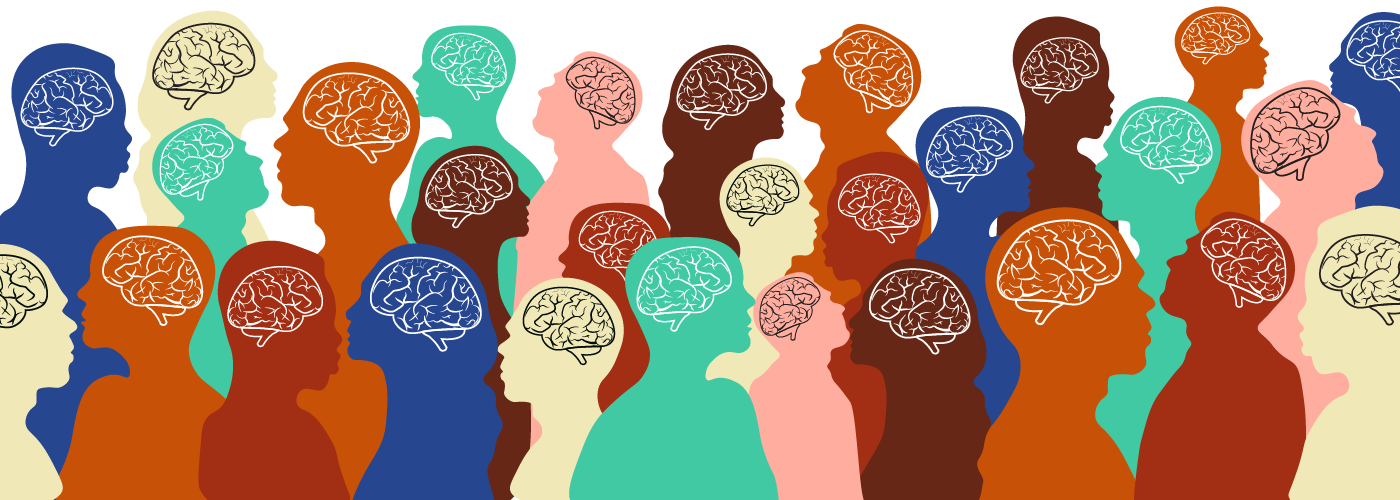
For more information on Neurodiversity, click this video right here:
AUTISM

April is Autism Acceptance Month. Here are some facts about Autism that I believe you should know:
Early behavior-based interventions have positive effects on some children with autism spectrum disorder and less note-worthy effects on other children. Early services need to be based on individual children's needs and learning styles. Services for adults with ASD must be carefully individualized. Individuals with autism spectrum disorder have communication deficits. It is important to distinguish between spoken language and social communication deficits. Autism spectrum disorder is not degenerative. Individuals with ASD can continuously improve. They are most likely to improve with specialized, individualized services and opportunities for supported inclusion. Children and adults with autism spectrum disorder often care deeply but lack the ability to spontaneously develop empathic and socially connected typical behavior. Individuals with ASD often want to socially interact but lack the ability to spontaneously develop effective social interaction skills.
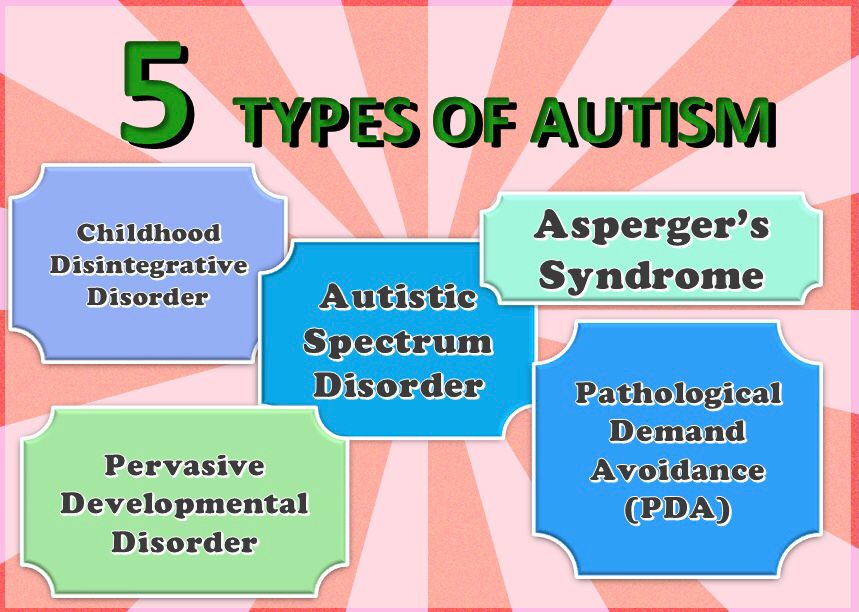

Understanding The reason your
Autistic child
Experiences anxiety!
Although we celebrate Autism Acceptance Month which is apart of Neurodiversity, here are some facts about Dyslexia, ADHD and so much more.
DYSLEXIA
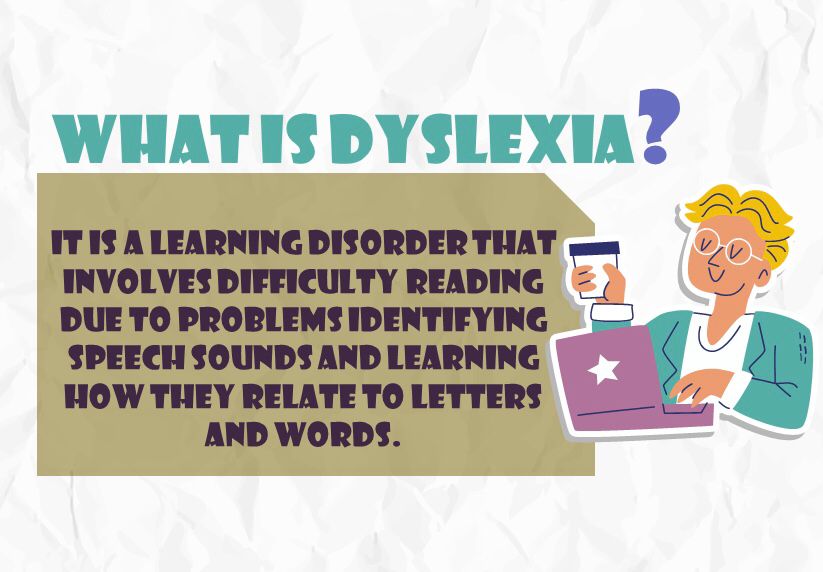
People with dyslexia are usually more creative and have a higher level of intelligence. Those with dyslexia use only the right side of the brain to process language, while non-dyslexics use three areas on the left side of the brain to process language. Dyslexia is not a disease so there is no cure. It’s a learning disability that includes difficulty in the use/processing of linguistic and symbolic codes, alphabetic letters representing speech sounds or number and quantities. Dyslexics do not “see” words backwards. The “b-d” letter reversal for example is mainly caused by deficits in interpreting left and right.
Here is a video that goes more into details about Dyslexia:
ADHD
